Never Forget Your: Aircraft Maintenance
Detect and correct missing fuselage frame straps and frame cracking for B737 operators — "We are issuing this AD to detect and correct missing fuselage frame straps and frame cracking that can result in severed frames which, with multiple adjacent severed frames, or the combination of a severed frame and fuselage skin chemical mill cracks, can result in uncontrolled decompression of the airplane. An estimated cost of $1,785 per inspection cycle."
C130 structural failure of the wings — "This AD was prompted by an evaluation by the designapproval holder (DAH) that indicated that the CWB is subject to widespread fatigue damage (WFD). We are issuing this AD to detect and correct fatigue cracking of the lower surface of the CWB, which could result in structural failure of the wings. Estimated cost is $170,000 per inspection cycle."
Mexican 737-300 suffers gear collapse after touchdown — "Mexico City’s international airport was forced to close a runway for 4h after a Boeing 737-300 suffered a landing-gear collapse after touchdown. The accident involved a Magnicharters service, UJ779, from Cancun."
[Tweet "Air safety and the public interest require adopting this AD.."]
Never Forget Your: Components
Emirates Tears Out In-Flight Entertainment Screens in Favor of Larger Ones — "Emirates airlines has made some strong brand positioning decisions recently, including the switch to a two-class cabin A380 which eliminates the First cabin and brings the passenger numbers in Economy to a record 615 on flights to Copenhagen."
Zodiac’s Seat Woes Continue to Weigh on Results — "Presenting its worst ever financial results on November 25 in Paris, French supplier Zodiac Aerospace said it continues to suffer from its well-publicized airliner seat crisis. By November 24 its backlog of delayed seat deliveries stood at 500 “packs,” or the equivalent of 1,500 economy seats."
[Tweet "This week in aviation #news #roundup"]
Never Forget Your: Experts
The Lessons Learned From A Failed Aircraft Maintenance Check Plan — "Have you ever tried juggling multiple things at once? You secretly whisper yes while you think of the dreadful memories. The good news is you’re not alone."
[Tweet "Problems always pop up so getting started quickly is key. #aircraftmaintenance"]
Never Forget Your: Tips, tricks and trends
Airbus has a crazy idea to speed up airplane boarding that looks like something from 'Thunderbirds' — "Unless you're deathly afraid of planes, one of the worst things about flying is the sheer tedium of it. It's nothing but indeterminate waiting — waiting for security, waiting to board, waiting to reach your destination."
Air traffic relations key to Middle East growth, Iata chief says — Countries in the Middle East must expand cooperation on air traffic management and improve safety and security standards to take advantage of surging passenger demand, as the region is expected to lead aviation growth, the International Air Transport Association chief said.
[Tweet "#Aviation tips, tricks and trends"]








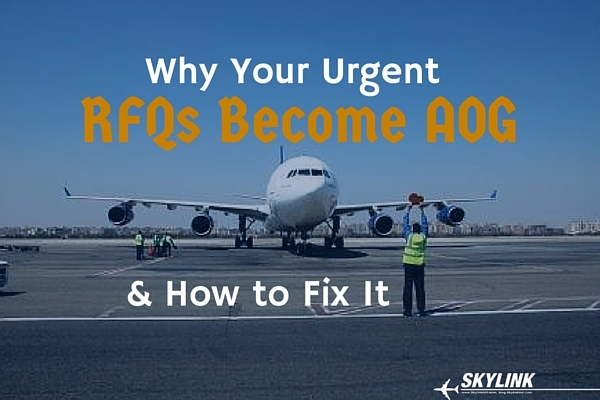
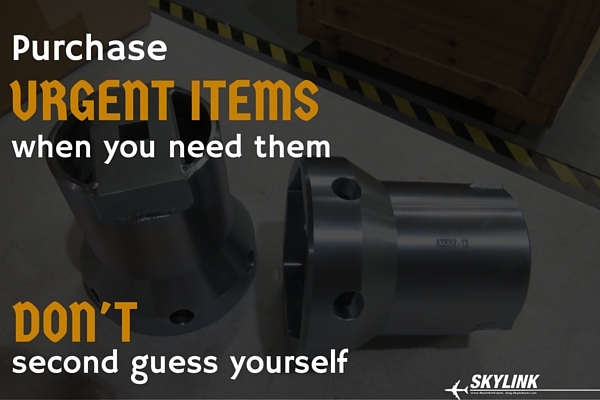
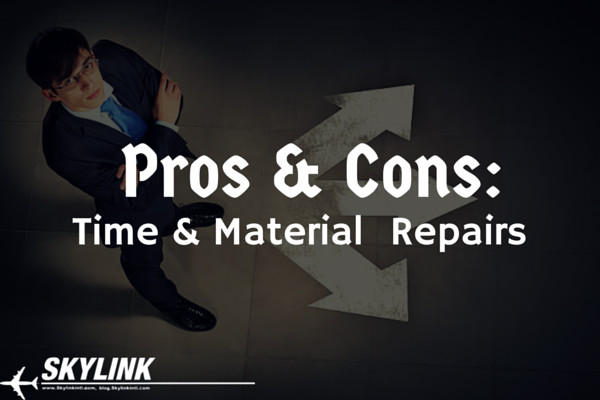
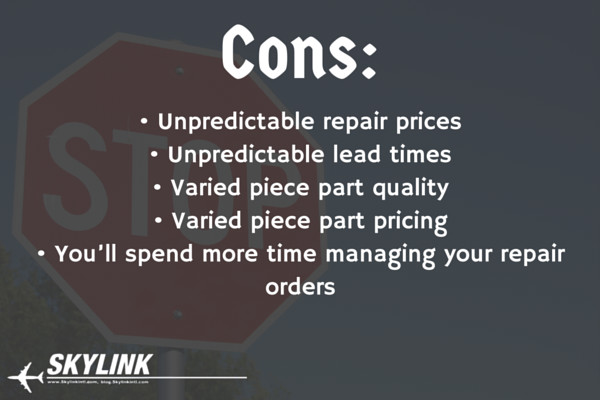
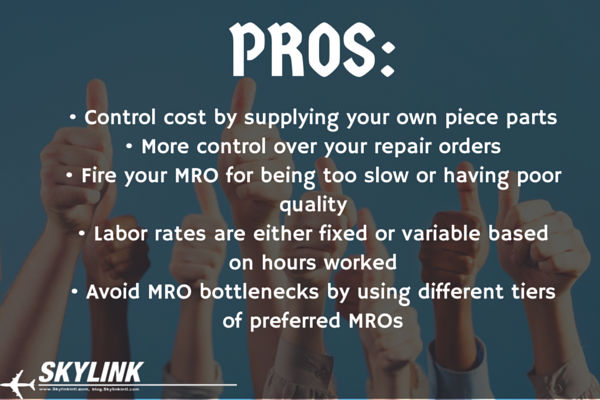


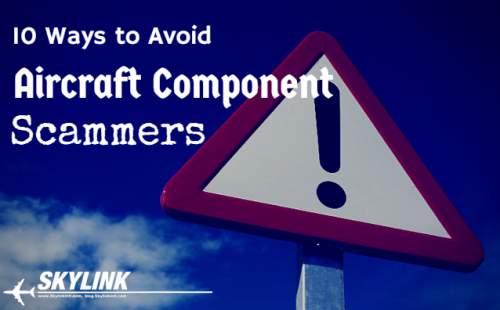

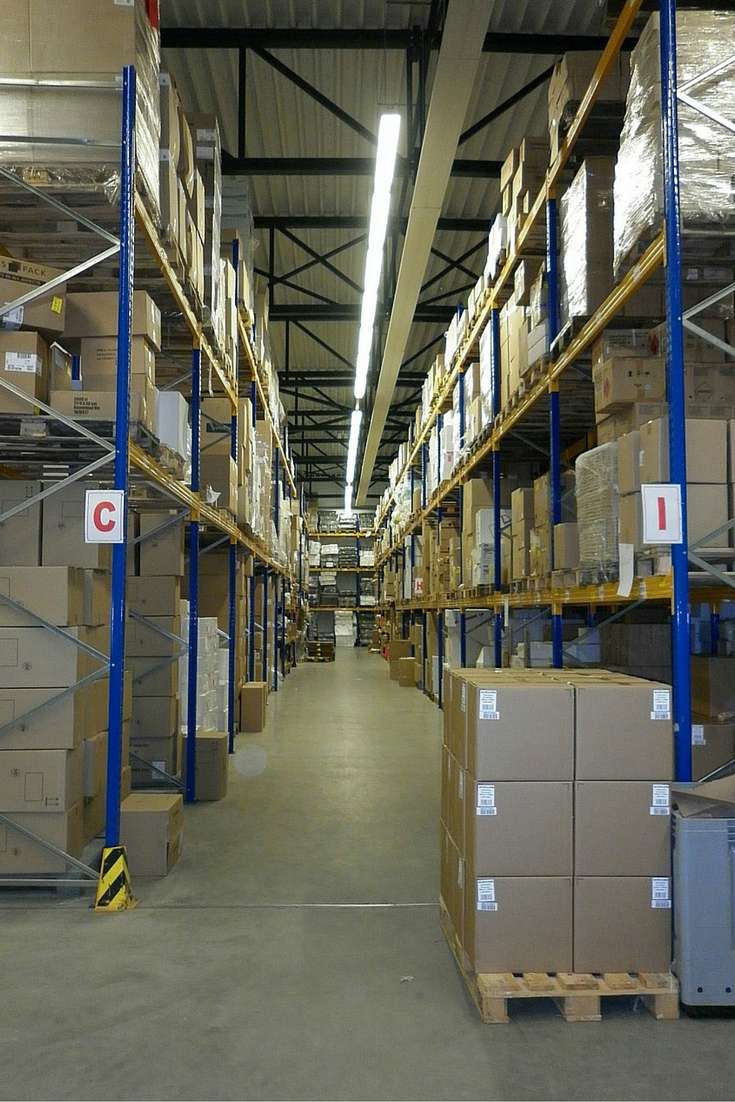
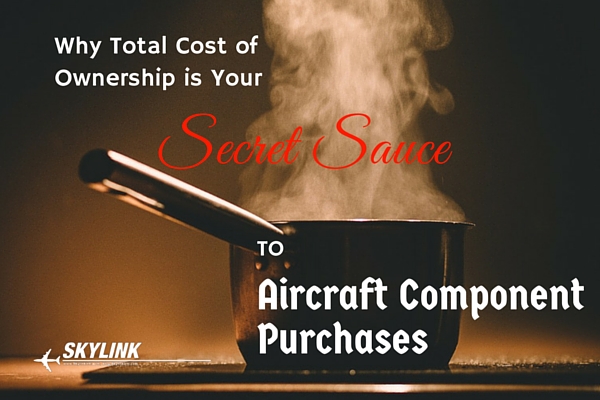


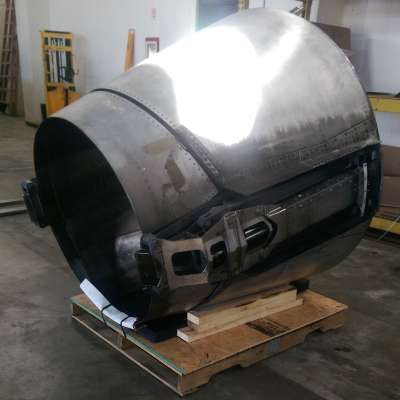 scheduled our truck to pick the units up but we got a call that the thrust reversers we’re improperly crated and they had to bump the pick-up. It took 2 additional days to get them into transit.
scheduled our truck to pick the units up but we got a call that the thrust reversers we’re improperly crated and they had to bump the pick-up. It took 2 additional days to get them into transit.




